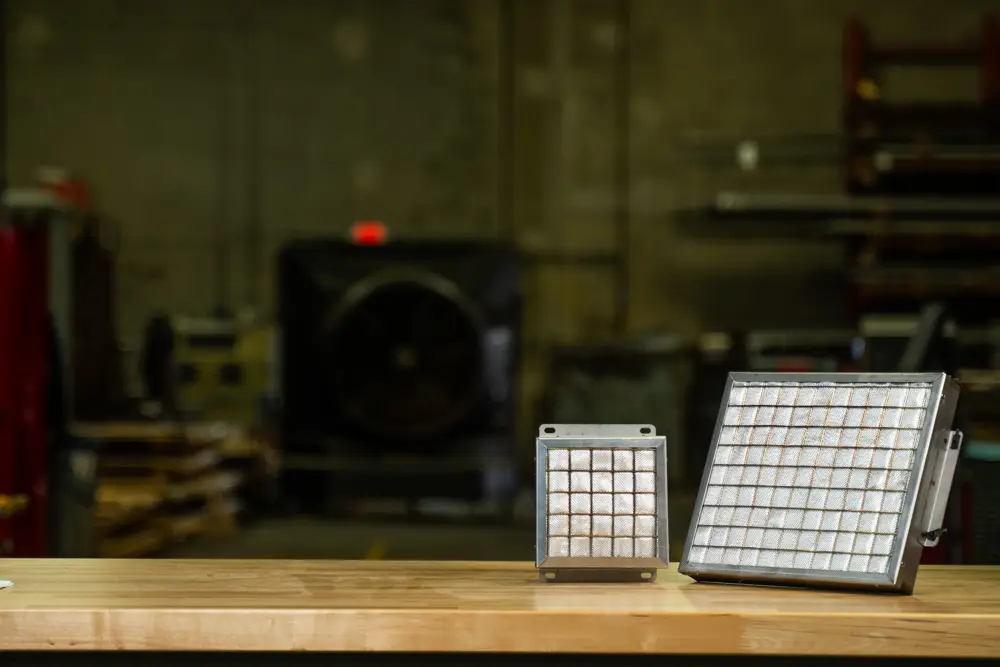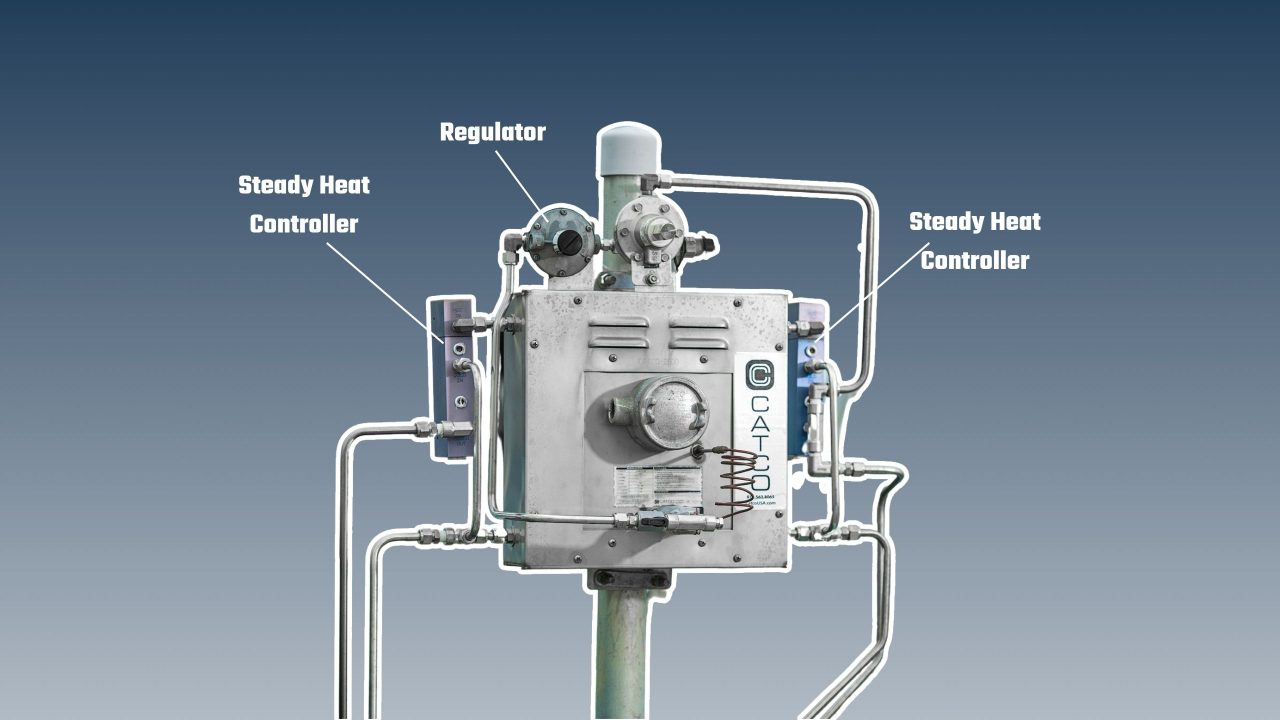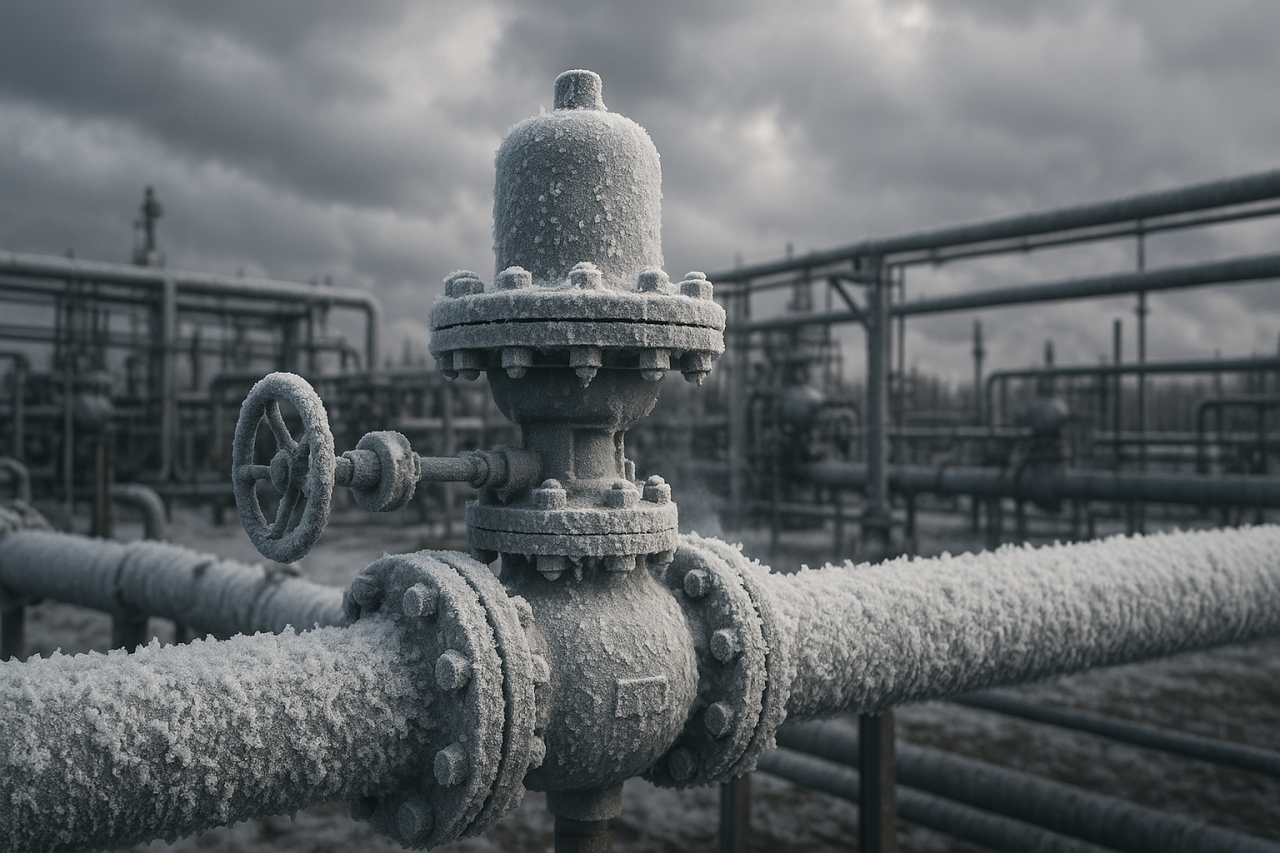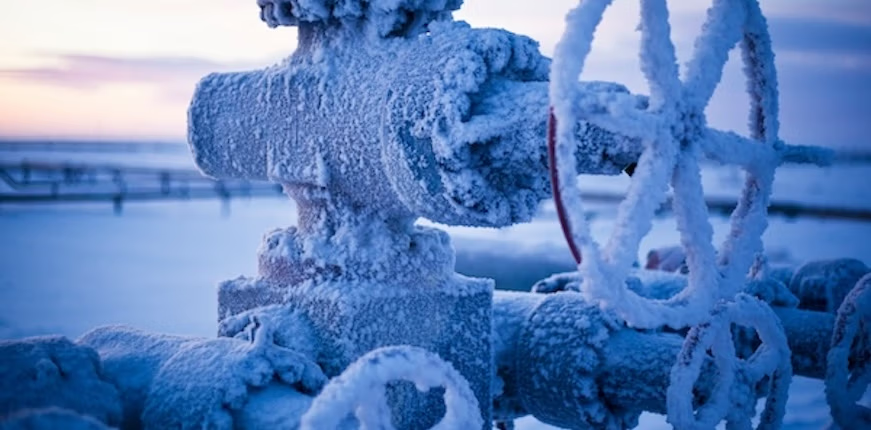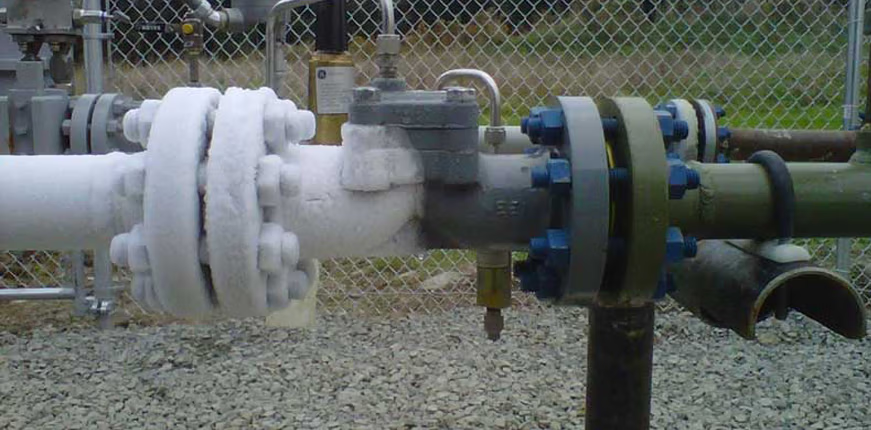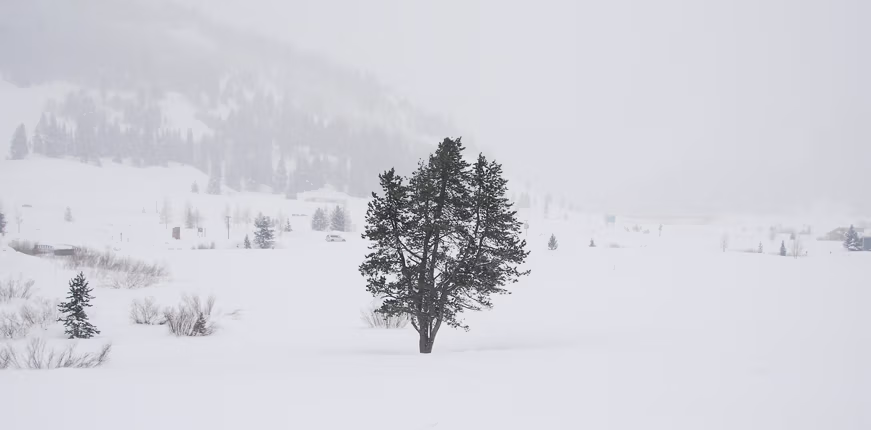A quiet night in the field turned into a frozen nightmare by morning. A single regulator froze solid, halting flow and production — a reminder that in the oil and gas world, freeze-ups don’t wait for tomorrow.
At CATCO, energy resilience is the mission. Our goal at PBIOS 2025 is to educate the industry on freeze protection and reliable heating solutions.
Winter freeze-ups put regulators, valves, and meters at risk. Catco heaters and enclosures deliver reliable heat that keeps production and distribution systems flowing.
A quick guide to understanding BTU/hr and how Catco heaters use it to match the right size to your application—whether small enclosures or large Pipeline Packs.
Discover the top 3 instrument gas heater accessories—fuel filters, steady heat controllers, and regulators—that help extend heater life, boost performance, and ensure reliable operation in the field.
Stop gas system freeze-offs. Catco enclosures and heaters prevent gas regulator freezing from the Joule-Thomson Effect.
Texas is known for its unpredictable weather patterns, with significant fluctuations in temperature throughout the year. These climate shifts can have substantial implications for both natural gas facilities and the population of Texas as a whole...
There is no consensus on how to manage industrial freeze prevention or protection. But we can agree there are common best practices: a good plan typically consists of heating and insulation. The right system is highly dependent on your equipment...
The oil and gas industry moves huge amounts of fuel around the U.S. in more than 2.6 million miles of pipelines. Disrupting these movements with frozen valves results in costly scenarios for operators. How do these frozen valves occur? There are various situations where a control valve can freeze over, but one of the most common ones is due to...
Is natural gas system reliability a given this winter? Most of us will not have forgotten Storm “Uri” that caused widespread outages in February 2021 – especially if we were among the many millions without power. Crucial natural gas production was widely held up due to...




